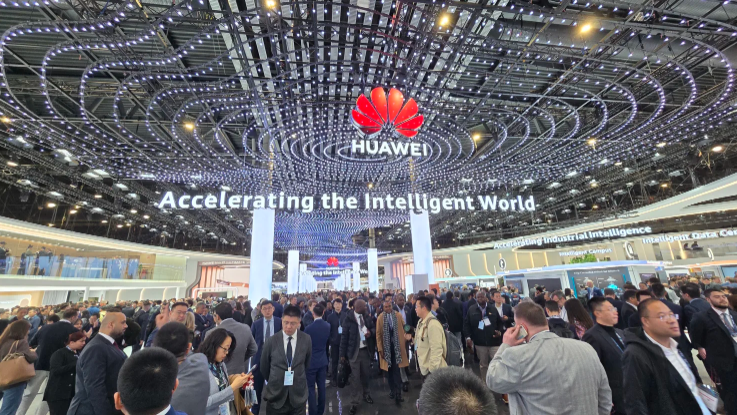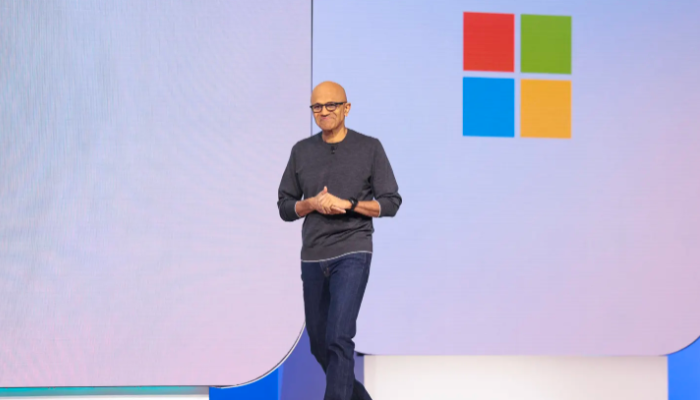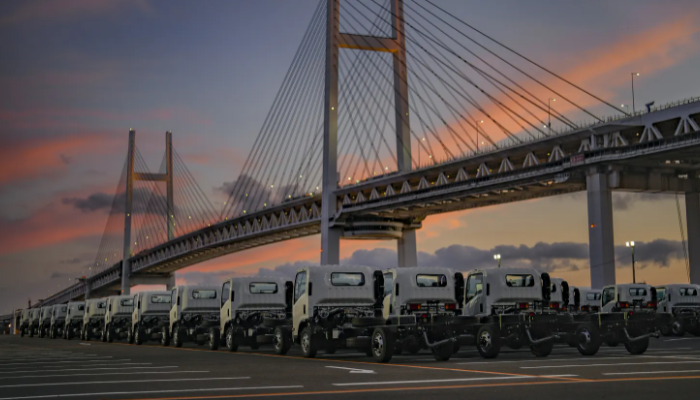
Huawei has emerged as a dominant force in China’s artificial intelligence landscape, not only positioning itself as Beijing’s answer to Nvidia but also building a comprehensive AI ecosystem around its Ascend chips, encompassing data centers and supporting software. This impressive transformation has occurred despite sustained U.S. sanctions that have denied Huawei access to many advanced Western technologies.
Once primarily a telecommunications powerhouse, Huawei has quietly evolved into a formidable player across the entire AI value chain. Based in Shenzhen, the company has become a pioneer in commercializing AI models for industrial use, expanding into diverse fields such as smart vehicles, operating systems, semiconductors, large language models, and AI-powered data infrastructure.
Paul Triolo, partner and SVP for China at DGA-Albright Stonebridge Group, notes that this expansion was largely driven by external pressures over the past decade. “No other tech firm has managed to operate competently across so many sectors with such high technical barriers,” he said.
Even Nvidia’s CEO, Jensen Huang, has acknowledged Huawei’s rising clout, recently describing it as “one of the most formidable technology companies in the world.” He warned that if the U.S. continues to restrict chip exports, Huawei could become China’s default alternative to Nvidia.
While Nvidia remains the global benchmark in AI hardware—its GPUs and CUDA software form the foundation of today’s generative AI models—Huawei is narrowing the gap. The company’s ability to perform at scale across complex domains makes it a credible challenger.
From Modest Beginnings to Global Influence
Huawei’s journey began in 1987 in a Shenzhen apartment, where founder Ren Zhengfei started the firm as a telephone switch distributor. Initially targeting emerging markets in Africa, the Middle East, and South America, the company eventually broke into Europe and other advanced markets. By 2019, Huawei was leading in the global 5G rollout and ranked among the world’s top smartphone makers, aided by its chip design arm, HiSilicon.
However, its rapid rise triggered increasing scrutiny from Western governments, particularly the U.S., which blacklisted the company in 2019 over national security concerns. This move slashed Huawei’s consumer business revenue in half by 2021, severely limiting access to crucial partners such as TSMC.
Still, the setback pushed Huawei to double down on its domestic capabilities. In 2019, the company introduced the Ascend 910 AI chip, marking the start of its long-term plan to offer a “full-stack, all-scenario AI portfolio.”
As U.S.-China tech tensions escalated, Huawei’s narrative shifted from pariah to national champion. The arrest of Ren’s daughter, CFO Meng Wanzhou, in Canada in 2018, and intensifying sanctions, turned Huawei into a symbol of China’s determination to break tech dependencies.
Triolo remarked that U.S. actions ironically solidified Huawei’s alignment with Beijing, becoming the catalyst—or “steroids”—for its AI ambitions.
Huawei’s AI Renaissance
Huawei’s fortunes began to turn in 2023 with the launch of a smartphone featuring a domestically produced 5G chip, reportedly made in collaboration with SMIC—another blacklisted Chinese chipmaker. While output capacity remains limited, the development signaled that Huawei was back in the advanced semiconductor race.
Reports soon followed of Huawei’s upgraded AI chip, the Ascend 910B, and plans to mass-produce its successor, the 910C. The company has been focusing on bridging performance gaps left by Nvidia’s restricted exports by creatively combining lower-end chips to match high-end GPU performance.
In April, Huawei unveiled its CloudMatrix 384—an AI compute system interlinking 384 Ascend 910C chips in data center clusters. Analysts suggest this system outperforms Nvidia’s GB200 NVL72 on certain parameters. A Forrester report called Huawei’s approach “a redefinition of AI infrastructure.”
Huawei has also developed CANN, a proprietary software ecosystem akin to Nvidia’s CUDA. Though CANN lacks seamless integration with common developer tools, it marks another milestone in Huawei’s quest to establish a complete, self-reliant AI development environment.
The ‘Ascend Ecosystem Strategy’
While matching Nvidia in chip performance is a critical goal, Huawei’s broader AI vision extends far beyond processors. The firm now touches nearly every layer of the AI stack—from semiconductor design and manufacturing to model development and real-world deployment.
Its “ICT Infrastructure” division, which includes 5.5G technology and industrial AI solutions, became its largest business segment in 2023, generating 362 billion yuan in revenue. The company continues to scale its AI data centers, powered by Ascend chips and CloudMatrix systems, through its Huawei Cloud division—launched in 2017 to rival global cloud giants like AWS and Oracle.
Through this tightly integrated strategy, Huawei is no longer just a technology company responding to sanctions—it is reshaping China’s AI future on its own terms.






